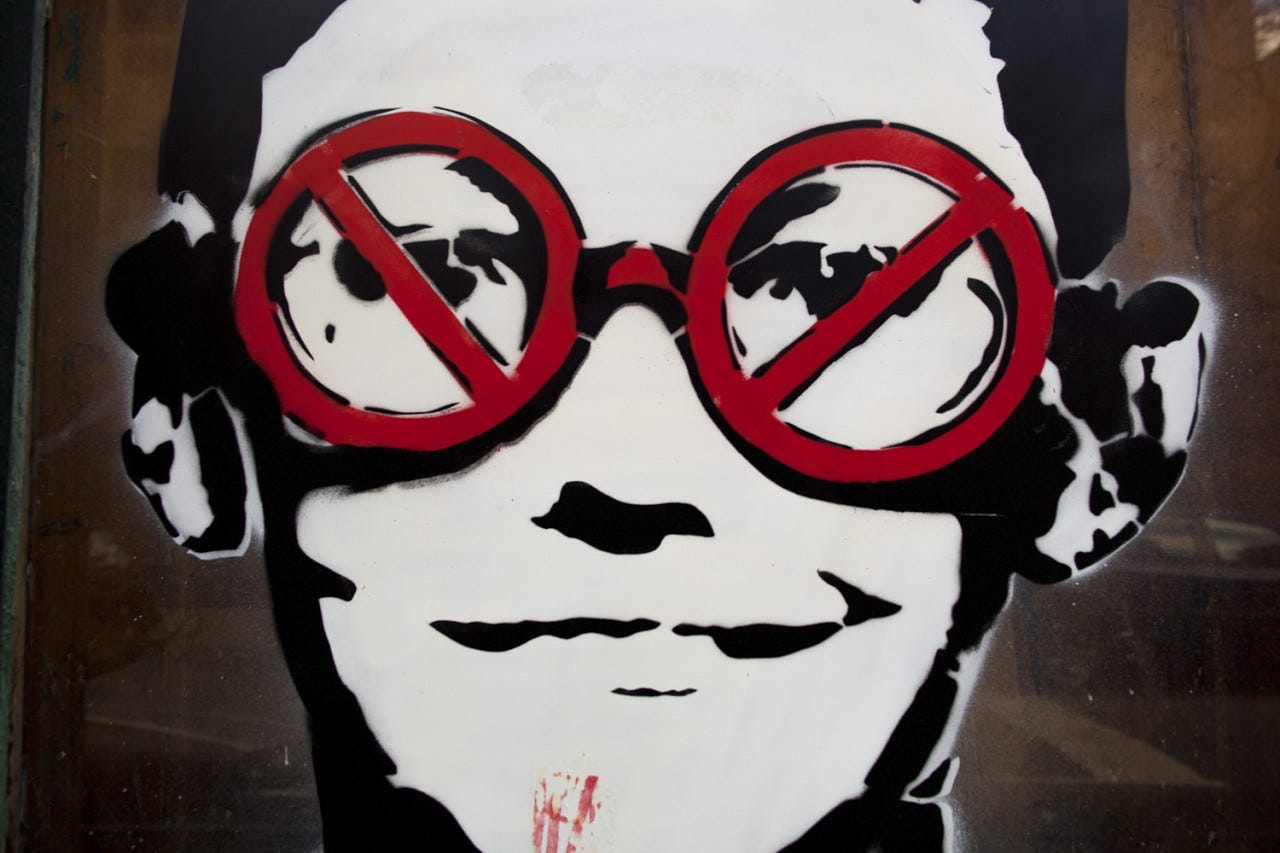Icy & Sot Conquer the Art World
A knack for graffiti catapults two young brothers from the streets of Iran to the warehouses of Bushwick and into the glare of the Soho spotlight.
Most of the street art of Icy and Sot, peppered with images that speak the international idiom of youth culture—skateboards, peace signs—doesn’t necessarily say much about the artists themselves. But there is the occasional piece, like the stencil of a man dressed like a beer bottle with the word “BEER” followed by “IS NOT A CRIME” in spray paint that gives clues to where they’re coming from.
The brothers, aged twenty-seven and twenty-two, hail from Tabriz, Iran, where they lived until they moved to Brooklyn last summer. As teenagers, their entry into street art came about from their interest (especially Sot’s) in skateboarding—a growing, though not yet particularly popular, pastime in Iran. They began putting up small stenciled works on the streets of Tabriz and posting the images on the Internet. Documenting their work was important, because the art would be erased within two or three days of being created.
Keep reading with a 7-day free trial
Subscribe to Narratively to keep reading this post and get 7 days of free access to the full post archives.




